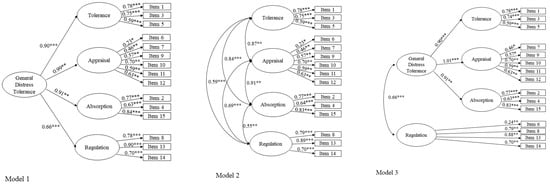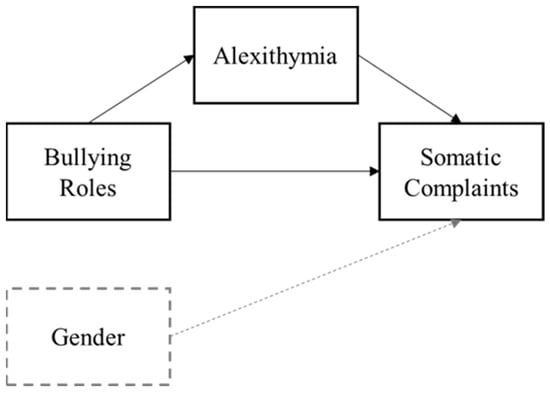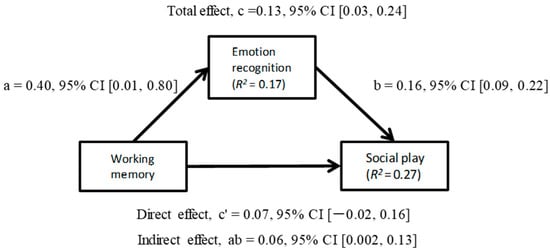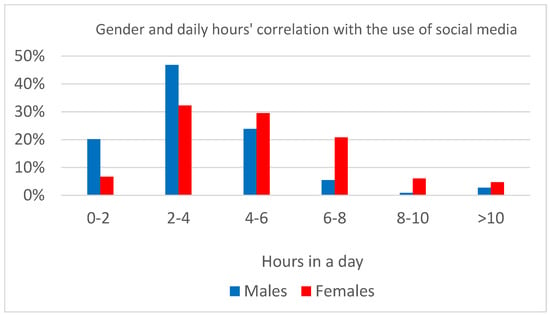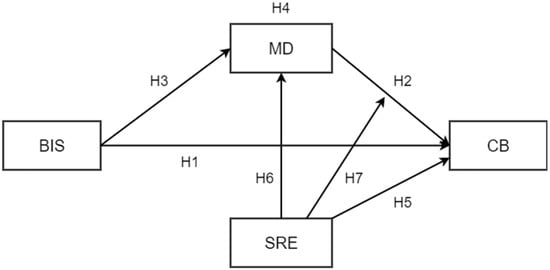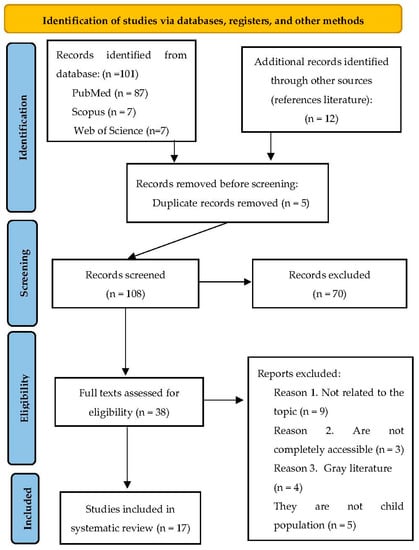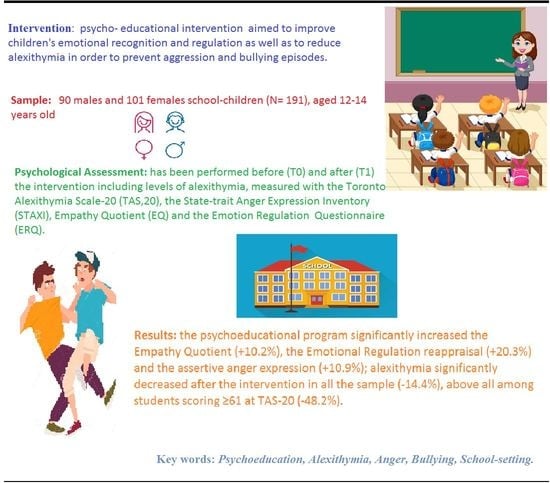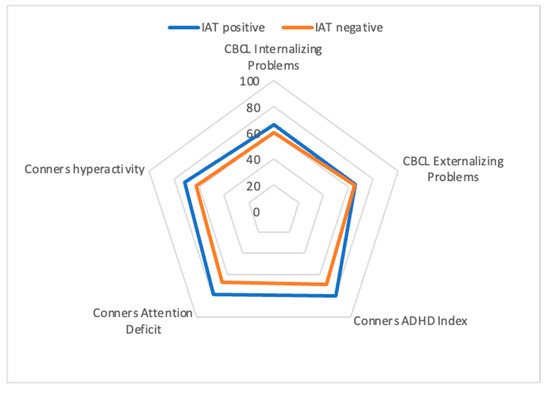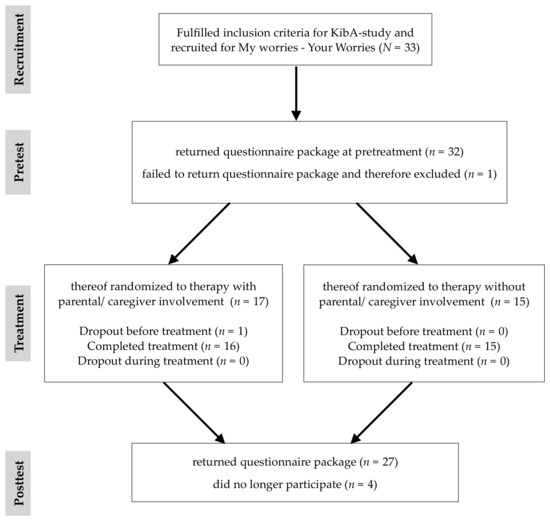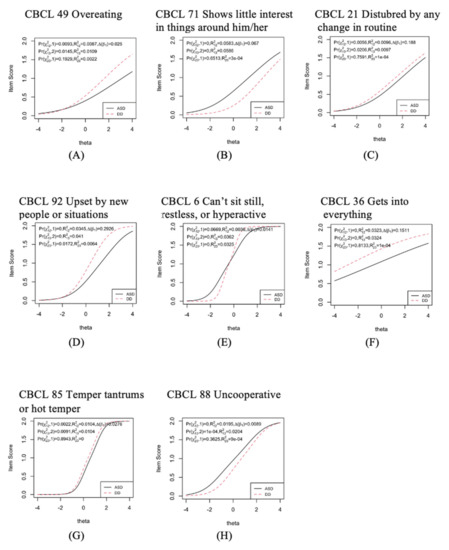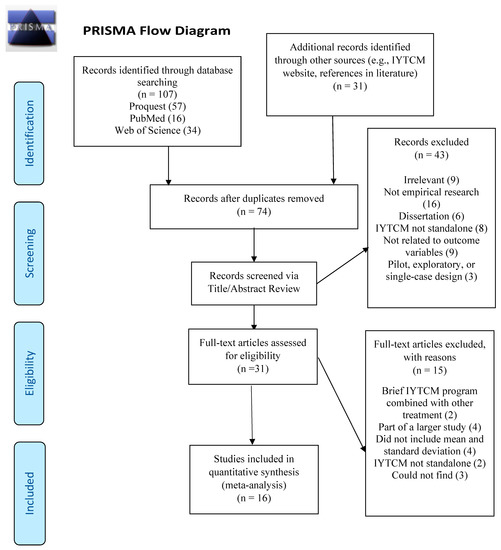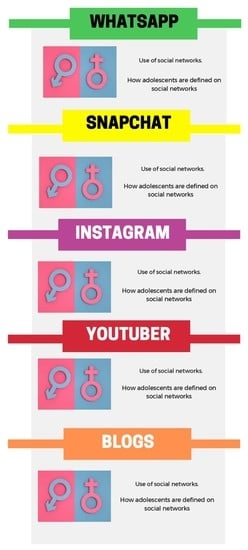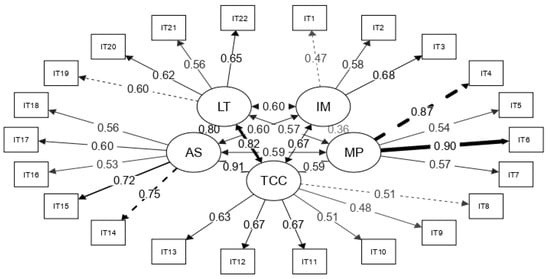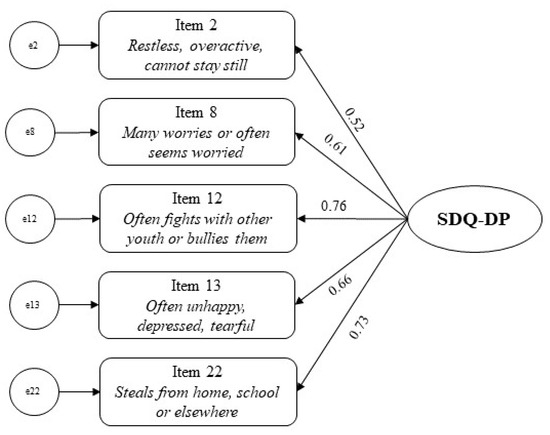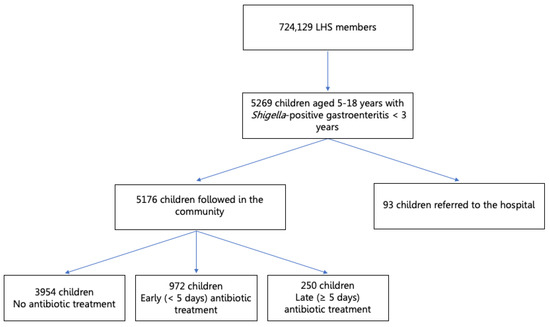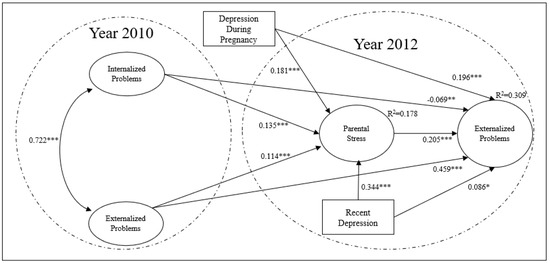Emotional and Behavioral Problems in Children and Adolescents: Assessment and Intervention
A topical collection in Children (ISSN 2227-9067). This collection belongs to the section "Child and Adolescent Psychiatry".
Viewed by 85607
Editors
Interests: children and adolescents with emotional and behavioral difficulties; children with disruptive behavior disorder; cognitive psychotherapy
Special Issues, Collections and Topics in MDPI journals
Interests: youths with disruptive behavior disorder; children with aggressive behavioral problems; emotional problems in children
Special Issues, Collections and Topics in MDPI journals
Topical Collection Information
Dear Colleagues,
Emotional (i.e., anxiety, mood disorders, peer problems) and behavioral (i.e., hyperactivity, conduct problems) issues are drastically increasing among children and adolescents. They present a hazard for youths’ well-being and development, frequently leading to persistent adverse outcomes. The current COVID-19 pandemic has further highlighted the importance of addressing these burdensome problems. Therefore, the current Special Issue aims to gather original and interesting articles presenting the latest news about the assessment, prevention, and treatment of youths’ emotional and behavioral problems. We will also consider articles exploring the protective and risk factors of emotional and behavioral problems.
We invite both empirical studies and conceptual/theoretical contributions related to the above-described topics for this Special Issue. We are open to various theoretical, practical, and methodological perspectives, and hope that this Special Issue will be a multifaceted and stimulating collection of works with multiple perspectives. We strongly hope that this Special Issue will collect contributions from experts from different backgrounds, and we also highly encourage researchers from all subdisciplines in psychology and medicine to join.
We invite you to contribute your best work to this Special Issue.
Prof. Dr. Pietro Muratori
Guest Editor
Dr. Valentina Levantini
Co-Guest Editor
Manuscript Submission Information
Manuscripts should be submitted online at www.mdpi.com by registering and logging in to this website. Once you are registered, click here to go to the submission form. Manuscripts can be submitted until the deadline. All submissions that pass pre-check are peer-reviewed. Accepted papers will be published continuously in the journal (as soon as accepted) and will be listed together on the collection website. Research articles, review articles as well as short communications are invited. For planned papers, a title and short abstract (about 100 words) can be sent to the Editorial Office for announcement on this website.
Submitted manuscripts should not have been published previously, nor be under consideration for publication elsewhere (except conference proceedings papers). All manuscripts are thoroughly refereed through a single-blind peer-review process. A guide for authors and other relevant information for submission of manuscripts is available on the Instructions for Authors page. Children is an international peer-reviewed open access monthly journal published by MDPI.
Please visit the Instructions for Authors page before submitting a manuscript. The Article Processing Charge (APC) for publication in this open access journal is 2400 CHF (Swiss Francs). Submitted papers should be well formatted and use good English. Authors may use MDPI's English editing service prior to publication or during author revisions.
Keywords
- disruptive behavior
- conduct
- ADHD
- diagnosis
- intervention
- parent
- emotional problems
- anxiety
- mood disorders
- peer problems
- protective and risk factors







